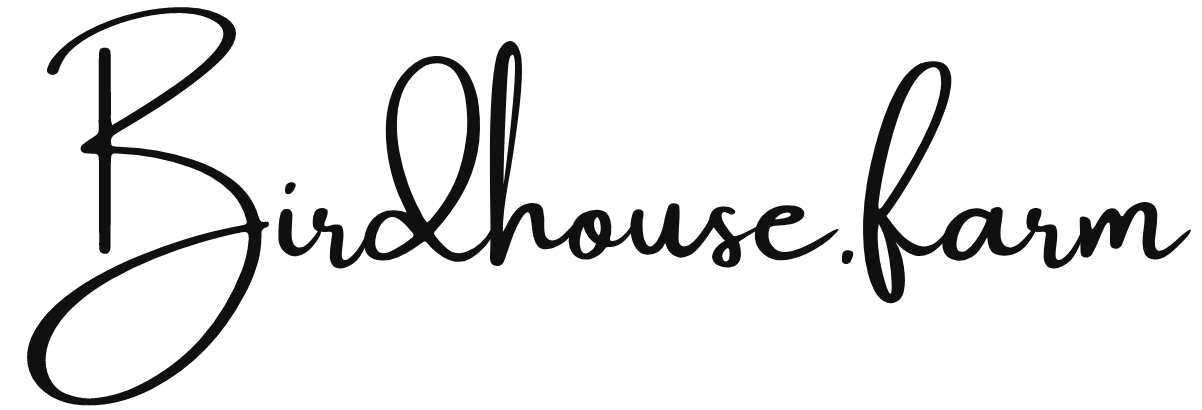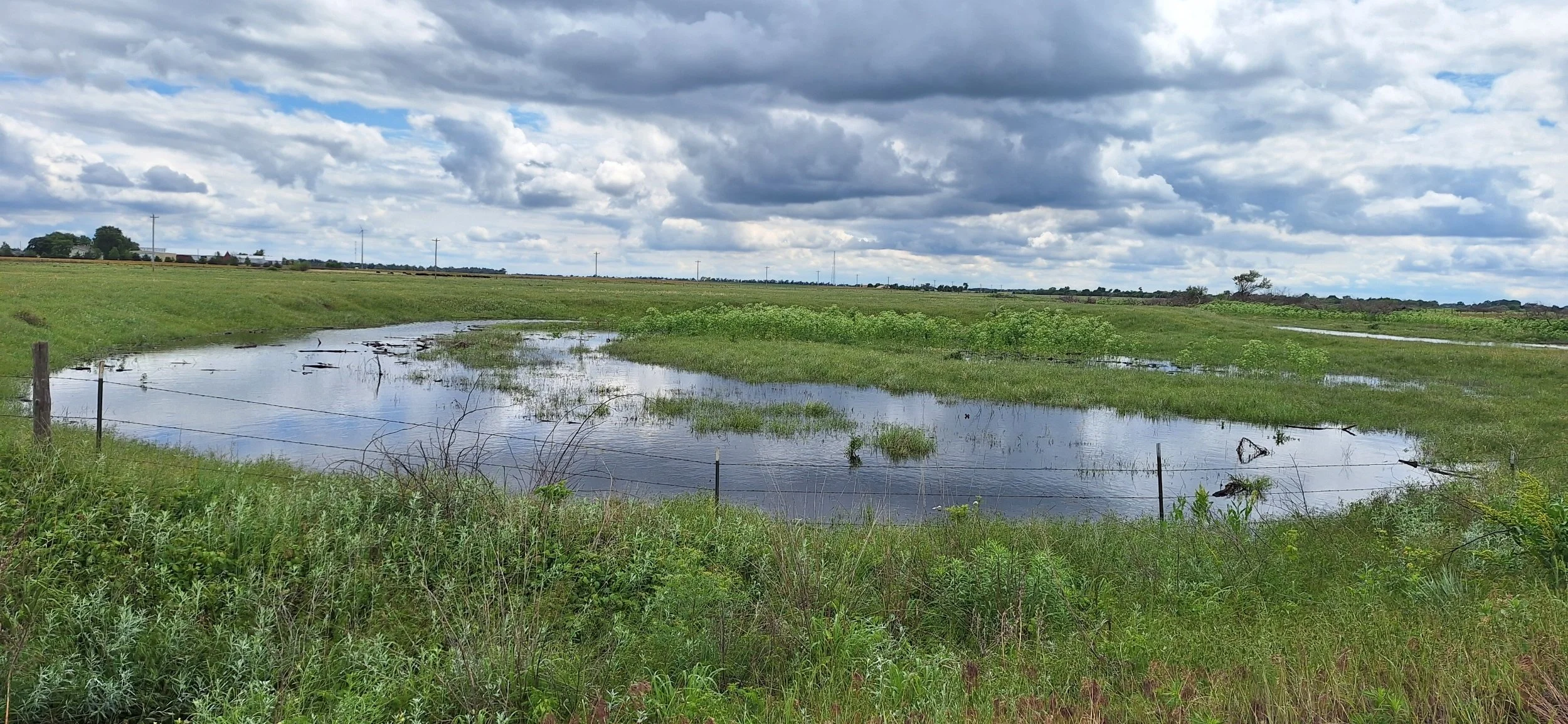How to Prevent Flooding with Green, Grey, and Civil Infrastructure – A Sustainable Approach to Flood Resilient Communities
Flooding is a growing threat to homes, farms, towns, and cities across the world.
As extreme weather events become more frequent due to climate change, it's essential to adopt sustainable flood prevention strategies that protect both people and the environment. The key lies in a responsible combination of green infrastructure, grey infrastructure, and civil infrastructure planning.
In this guide, we explore how to reduce flood risk using nature-based solutions and smart development practices, and why sometimes the best answer is to rewild flood prone zones.
---
What Is the Difference Between Green, Grey, and Civil Infrastructure?
Green Infrastructure for Natural Flood Control
Green infrastructure uses vegetation, soils, and natural processes to manage stormwater and reduce flooding.
Examples include:
Constructed wetlands and restored marshes
Riparian buffers and forested streambanks
Permeable surfaces and rain gardens
Bioswales and native prairie strips
Benefits:
These systems slow down runoff, recharge groundwater, prevent erosion, and create wildlife habitat all while offering long-term, low-cost flood prevention.
Grey Infrastructure for Engineered Flood Protection
Grey infrastructure uses traditional engineering solutions, typically made of steel, concrete, or asphalt.
Examples Include :
Stormwater drains and culverts
Floodwalls and levees
Retention basins and dams
Concrete channels and pipes
Limitations:
While often effective in the short term, grey infrastructure alone cannot manage the growing scale of flood events. It also degrades ecosystems and may fail catastrophically when overwhelmed.
Civil Infrastructure Planning and Flood Risk
Civil infrastructure includes roads, buildings, utilities, and homes. Where and how these are built determines how vulnerable a community is to flooding.
Key Considerations:
Avoid building in floodplains or low-lying areas
Elevate critical structures above flood levels
Design neighborhoods with integrated flood mitigation features
---
Smart and Sustainable Flood Management: Best Practices
1. Prioritize Green Infrastructure Solutions
Integrate green infrastructure throughout urban and rural landscapes to absorb water before it becomes a flood risk. Rain gardens, restored wetlands, and vegetated swales should be part of every flood mitigation plan.
2. Use Grey Infrastructure Strategically
Instead of relying on concrete alone, combine grey systems with nature-based features. For example, pair a culvert with a floodplain restoration project to increase capacity and ecological function.
3. Plan Civil Infrastructure with Flood Zones in Mind
Use updated flood maps and hydrologic models when siting new development. Encourage retreat from high-risk areas and direct growth toward higher ground with adequate drainage.
---
When Flooding Is Unstoppable: Rewild the Floodplain
Some areas flood too often to justify expensive, repeated reconstruction. In these cases, the most responsible decision is to retreat and restore. Rewilding flood zones involves:
Removing infrastructure from high-risk zones
Allowing rivers to follow natural paths
Restoring native vegetation and wetland function
This approach not only prevents future losses, it revitalizes the landscape, improves water quality, creates valuable public green space, and provides new natural resources to local communities.
---
Why Sustainable Flood Solutions Matter Now
Communities that invest in flood resilient infrastructure are more prepared for the future. By working with nature, we can:
Reduce damage to homes and farms
Improve wildlife habitat and biodiversity
Protect drinking water and soil health
Lower long-term disaster recovery costs
---
How Birdhouse.farm Can Help
At Birdhouse.farm, we specialize in floodplain restoration, wetlands design, and habitat-based flood solutions. Our team can evaluate your property, recommend practical strategies, and even help implement rewilding plans when needed. We believe that protecting people starts with protecting ecosystems.
If you're facing flood risks, or want to build a more climate resilient future, contact Birdhouse.farm to schedule a flood resilience consultation.
—

